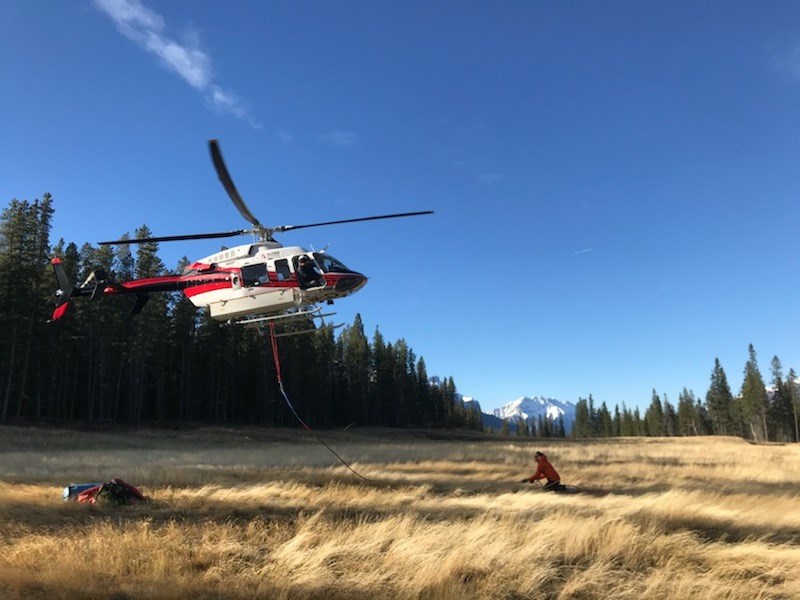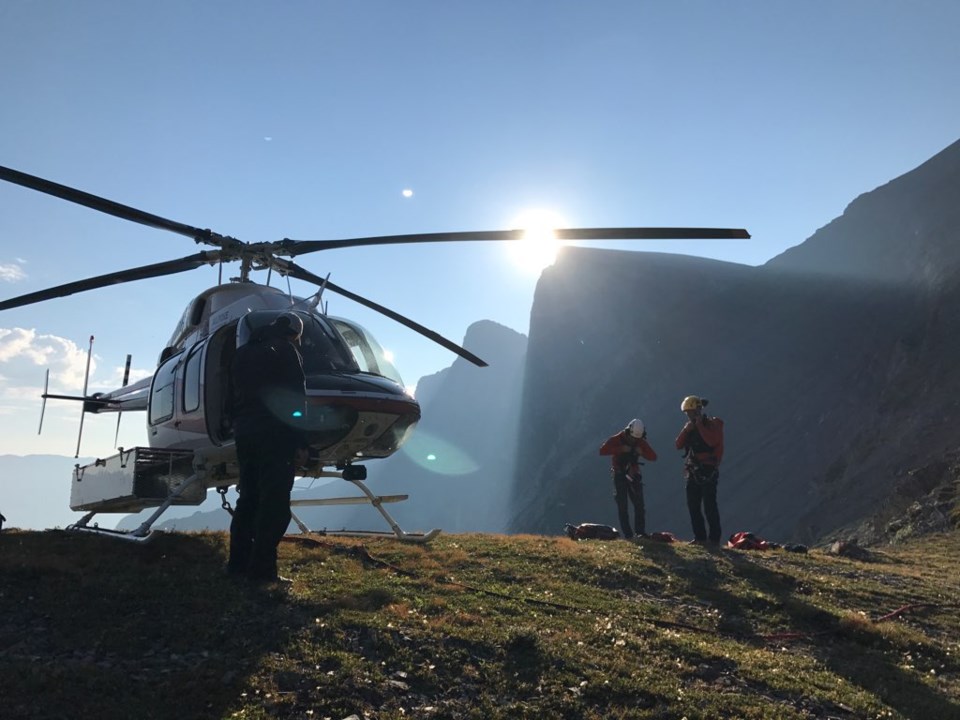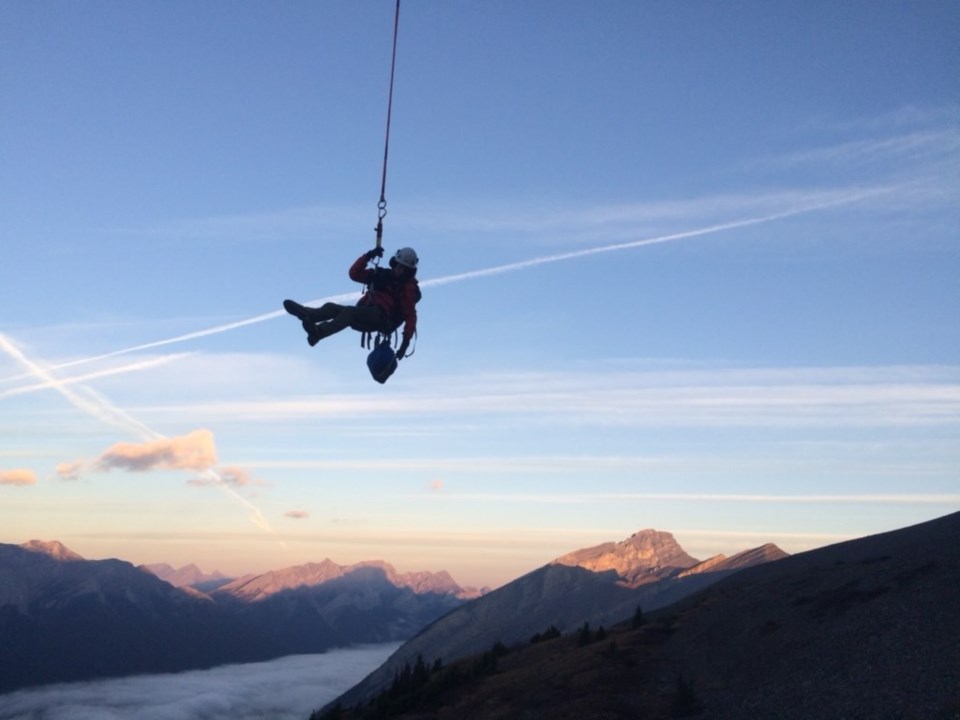First time hiking in the mountains? Or maybe you have done a few hikes with friends and are looking to get out more this coming season. That is great!
We are thrilled that you want to come and enjoy all the mountains have to offer. However, the weather can change fast and conditions on trails can be unpredictable, so it is always best to expect the unexpected.
Here are some quick tips from Kananaskis Public Safety that will help you on your next trip out to the mountains.
Preparation starts at home.
“The biggest thing that we see is people not being prepared. Being prepared goes all the way from before you leave the house,” says Michael Olsthoorn, public safety specialist for Kananaskis Country.
It is great you want to go hiking and impromptu hikes can be fun - if you have done your homework.
“People sometimes think they know where a trail is, but often they will get it wrong. We have seen people start on the front side of Hai Ling and go across the dam. They think they're hiking Hai Ling (Peak) because they are under the mountain, but they aren’t,” says Olsthoorn.
The parking lot for the Hai Ling is the Goat Creek parking lot and the trail for Hai Ling is behind the mountain on the “face” that can be seen from Canmore. When you are doing a hike for the first time, always read up and make sure you know where you are headed before you go.
 Public Safety working. By Mike Koppang
Public Safety working. By Mike KoppangTell someone where you are going and have a back-up plan.
“Even if you are going to do a simple hike that has cell service, it is super important to tell someone where you are going. The more information you can share with a friend or family member, the better we can help you if you get hurt or lost and are unable to communicate with your friends or family,” says Olsthoorn.
Don’t just follow an app or your phone.
“Often when people have objectives, they do a little bit of research in terms of where the trail is, at least where the parking lot is and they kind of read a little bit about the trail,” Olsthoorn tells us. “But sometimes they just blindly follow an app that sometimes is a sanctioned trail, but sometimes not. People often get lost doing this.”
Phones die and if you don’t have enough battery or your phone gets too cold, you will lose your source of information, plus your ability to call for help - if you even have service.
“People rely so much on their phones, and sometimes that is great, but if you are relying on it for emergencies then you need to make sure to have a charged battery or a battery pack and service. If you're planning to be out there for five hours and something happens and you end up being out for 10 hours, well it is best to be prepared,” says Olsthoorn. “We have had quite a few rescues where we've gotten the call and people just have two per cent battery left. We will just get the coordinates in case, but it isn’t ideal.”
Guidebooks are great resources and give you loads of options for other hikes if your first choice trail is too crowded. It also doesn’t take much time to print out a description of the trail you are planning to do before you leave home. Here is a list of guidebooks for the area and sanctioned trails.
 Helicopters are fun to ride in on purpose, not for a rescue. By Mike Koppang
Helicopters are fun to ride in on purpose, not for a rescue. By Mike KoppangHave the right footwear.
“Just having the right footwear makes a huge difference. In the mountains, we can get every type of weather in one day. You could be in shorts, a puffy, Gore-Tex and sunscreen all in the same day. And I think people don't always realize that, so being prepared to be able to sit, sit something else for a couple hours, and have enough food and water to wait out weather is very important.”
Public Safety has already responded to many slips and falls on the trail this season, simply because of improper footwear.
“We've had people sliding off a trail over a cliff, we've had a dislocated shoulder just this year. So even though it might feel like summer or spring up there the trails can still be in winter conditions. Do your homework and think ‘maybe I may need a pair of ice grippers for this trail’ if you still see snow up on the mountains,” says Olsthoorn.
Commit to being not committed.
It is ok to turn around.
“People sometimes get in over their heads, and even though it's getting more difficult for them, instead of just turning around and going back the way they came, they keep trying to go further.” Olsthoorn. “They think they are going to get out of it faster, but they just keep getting deeper and deeper into a problematic area.”
If you get lost, it's always best to take a breath and use some common sense and not get in over your head until it's too late.
“The other day we had somebody call us and they were lost and had been wallowing up to their knees and hips in snow. They panicked, but we got them to retrace their steps and go back the way they came.”



